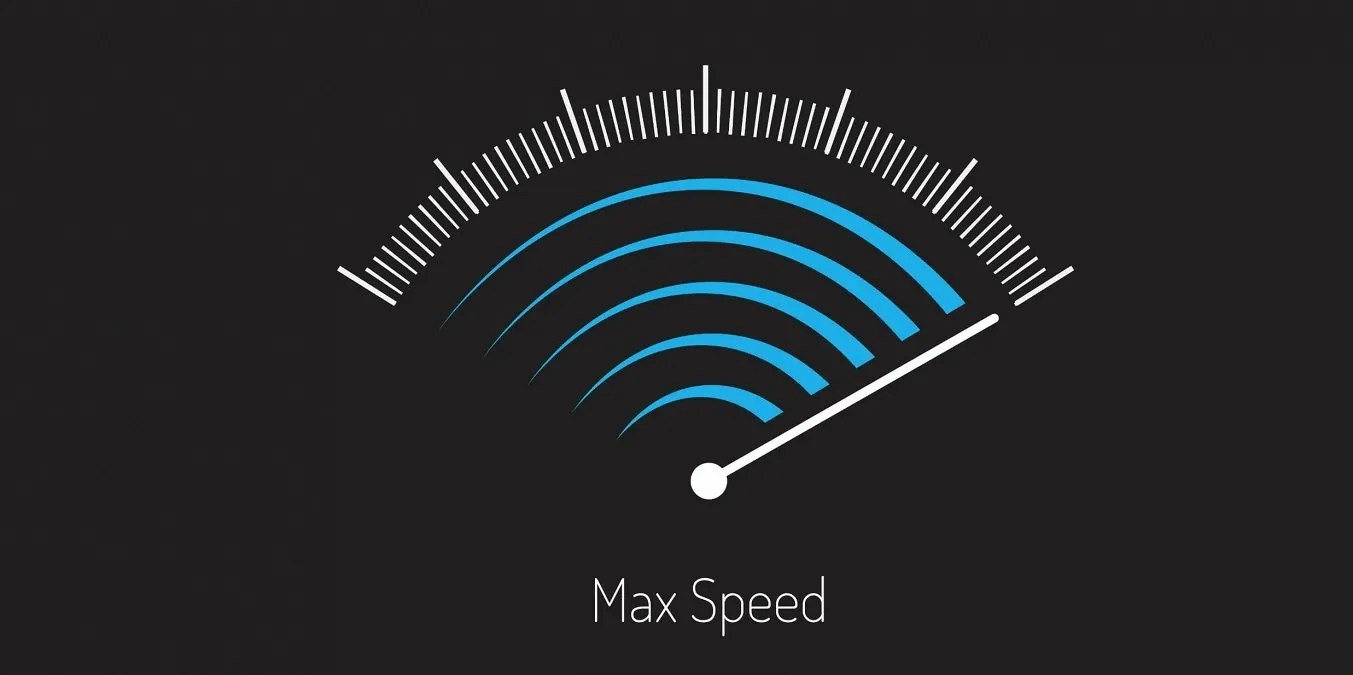10 Ways to Upgrade Your Wi-Fi and Make Your Internet Faster
This article explains some different ways to increase your internet speed so you can connect online at faster connection speeds than before.
Author:Daniel BarrettMay 16, 202262.7K Shares1M Views

This article explains some different ways to increase your internet speed to connect online at faster connection speeds than before.
It doesn’t matter if you have the best possible wires outside your house—eliminating subpar speeds and Wi-Fi dead zones is largely up to you. To help, we’ve put together some suggestions on ways to troubleshoot and, hopefully, improve the quality of the Wi-Fi inside and outside your place.
How Can I Boost Up My Internet Speed?
If you’re looking to boost and improve your internet speed, there are a few different ways you can do this. Here’s an overview of the best practices in order of simplicity.
Before trying these steps, test your internet connection using an internet speed test site so you can compare the results after trying the fixes.
1. Move Your Router
That router in the closet? Not a good idea. Walls, cupboards, and even bookshelves can potentially dampen your Wi-Fi signal. Also, physically moving the router can make a real difference to the speeds you get and how far your wireless transmissions can reach. Of course, the perfect spot will depend on your home, but try not to hide your router in a corner or under a cupboard or inside a drawer—the more central and prominent it is, the better.
2. Reboot your router
It sounds too simple to be true but rebooting your router can help boost your speeds, at least temporarily. Most technologies occasionally need rebooting to work at their most efficiently, which applies to routers.
3. Use Ethernet instead of Wi-Fi
We sometimes forget: Wires still exist! You don’t need Wi-Fi. A wired connection to your router is usually preferable to a wireless one. It’s faster and more stable and can’t be affected by other devices or large fish tanks. The downside is that it limits where your devices can be, and it’s less convenient overall.
4. Switch ISPs or Upgrade Your Package
Call your ISP and upgrade your internet package if you can afford to upgrade. You’ll enjoy much improved speeds this way.
5. Use a different VPN
If you use a VPN, you may find your internet speeds are slower than without. Consider investing in a better and faster VPN to reap the benefits of your internet connection.
6. Change the Channel or Band
Wi-Fi signal is divided into channels. Your router uses a particular Wi-Fi channel to communicate with the devices around your home. If you have neighbors living very close who have routers using the same Wi-Fi channel, then everything can get congested quickly. Switching channels can solve this problem.
Every router will handle this differently. Check its documentation or look up the instructions online if you’re not sure, but you should be able to find the option somewhere in the device settings. Channels 1, 6, and 11 are the ones to try, as they’ll have the least interference when multiple devices get hooked up.
Most routers now use dual-band technology, broadcasting at the 2.4-GHz and 5-GHz frequencies. If your router settings allow you, you might be able to prioritize one or the other for specific devices—the 5-GHz band will get you a faster connection to the internet, though it has a shorter range than 2.4 GHz. We suggest enabling both frequencies since older devices will often work only on 2.4 GHz.
7. Change your DNS server settings
If you’re willing to perform some more advanced tweaks to your system, change the computer’s DNS servers to speed up your web browsing. It can require some experimentation, but it’s worth trying.
8. Upgrade Your Router
Routers vary significantly in functionality and price, but in this case, the upgrade to make is generally in terms of how far your Wi-Fi is broadcast. If you have a large house, you’re likely better off with a router that can pair with “repeaters” that broadcast signals into the farthest reaches of your home. Smaller homes and apartments can generally get by with a simpler system.
9. Get a Wi-Fi Extender
If messing around with your router settings seems too daunting, and you have a few dollars to spare, invest in a Wi-Fi extender or repeater. These devices plug into a spare wall socket, connect to the wireless internet getting beamed out by your router, and then extend it.
They’re (usually) simple to set up, easy to use, and can instantly get rid of Wi-Fi dead zones in your house. The extended or repeated wireless signals won’t be as strong as those coming straight from your router, so positioning is essential. Try to use these devices to connect gadgetsthat don’t need massive bandwidth.
10. Call Your ISP
If you’ve tried it all and still have problems, you can always contact your internet provider. They may want to send a service technician out. They might be able to pinpoint an overlooked issue that is getting in the way of you and fast Wi-Fi. With the ongoing pandemic, you may not want strangers in your house, and your ISP may not have technicians available to send. Still, if none of these tips solve your problem, it’s time to reach out to your provider to ask some questions.
Editor’s Picks:
Jump to

Daniel Barrett
Author
Daniel Barrett is a tech writer focusing on IoT, gadgets, software, and cryptocurrencies. With a keen interest in emerging technologies, Daniel offers expert analysis and commentary on industry trends. Follow him for authoritative insights into the latest tech innovations.
Latest Articles
Popular Articles